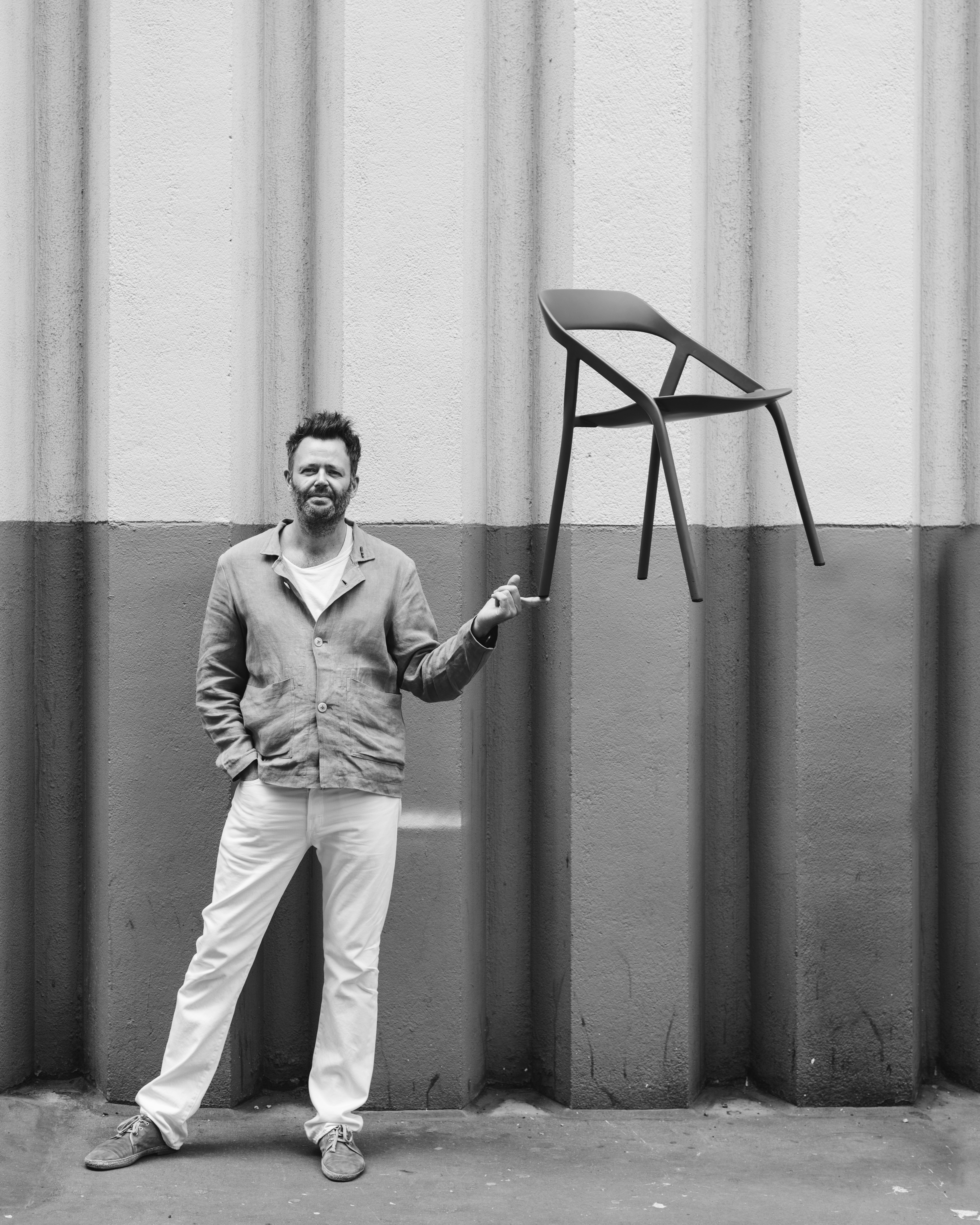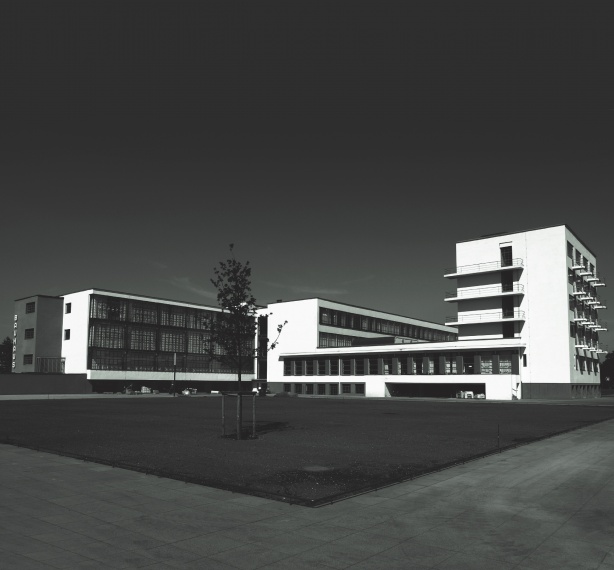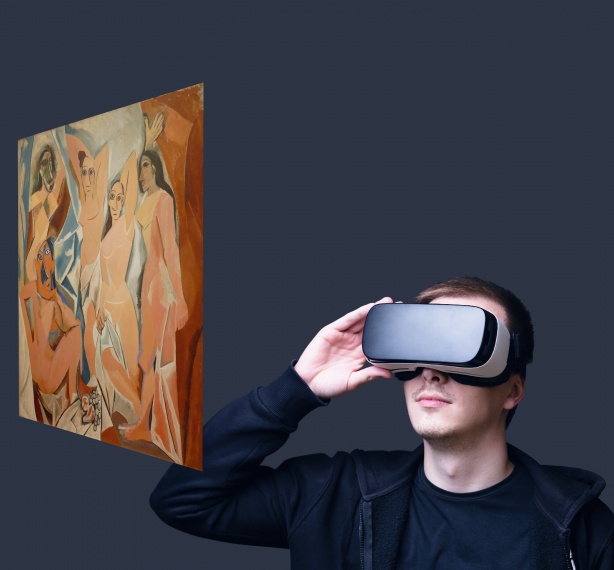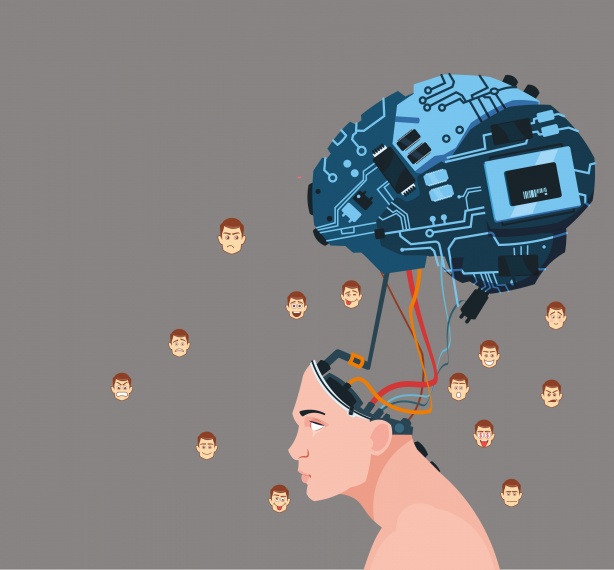Being Human

To mark the conclusion of SIGNED Magazine’s exploration of the intersection of technology and design, we spoke to two leaders in their fields about how technology can make us more human, not less
Judging by the way that design and technology innovation are marketed, we could be forgiven for thinking that designers and engineers care only about advancing technology for its own sake. Smartphone screens grow in size and resolution annually, computers get faster and more capable, the world’s information technology infrastructure becomes ever more omnipotent, gathering more and more data on everybody on the planet and holding ever greater sway over everyday life. Meanwhile, to sustain this trend consumers are encouraged to spend more money, on increasingly more frequent updates of technology upon which we develop increasing levels of reliance.
But it doesn’t have to be like this. The true goal of design and engineering is to make life simpler, not more technically challenging; to improve our health and quality of life, to enhance our interpersonal relationships, to protect our environment and help culture to flourish.
SIGNED spoke to two figures at the forefront of science and design to hear their opinions on the reality of what technology is currently capable of and how it can impact our everyday life.
Michael Young is an acclaimed designer based in Hong Kong. He explained to us how designers must not lose sight of their true purpose by becoming overawed by flashy new technology, and how it is essential for designers to consider sustainability alongside innovation. Michael also emphasised the importance of retaining a sense of craftsmanship, even when dealing with exciting new technology and advanced materials.
Rosa Chan is an Associate Professor at CityU in Hong Kong. She has particular expertise in the field of brain-computer interfaces. Rosa explained to us the impressive capabilities and the limitations of this kind of technology. Brain-computer interfaces can be used to create prosthetic devices that improve people’s lives in very real ways. However, Rosa was keen to stress the importance of not making too bold claims about what is currently possible with this technology, noting that this technology should be used responsibly while being shared freely at the same time.
Read what these two experts had to say over the coming pages. These interviews have been edited for clarity and length.

|
Michael Young on sustainability and emotional purpose “To actually do something that really serves an emotional purpose is kind of tricky - on a product design level anyway. I find the whole subject of technology a bit boring in general. It’s just overdone. Too often it just lives in its own static universe and doesn’t really inform us of anything. I started going back to doing really humble things like a bamboo light - it looks really boring, but it’s actually really complex and it speaks to you in a physical way because it’s made from a material based on earth wind and fire, so to speak. I keep going back to all the nonsense that was written about technology being integrated into furniture; all of a sudden people were putting a CD player into the back of a sofa or a phone charger in a cushion, but it’s not a very sustainable concept for me.” |
On design and technology - two different disciplines working together
“I find design and technology are still two very different topics; technology and objects. There’s all the technology that we accept; telephones, TVs and what have you, and then there’s furniture. And whether or not that integration has actually happened in a way that people were expecting it to… I guess you can get a bamboo cover for your iPhone! For me the LessThanFive chair is technology and craft together. It’s carbon fibre, they make aeroplanes out of it, but it’s made through a craft process and that’s a real sign of technology and craft coming together.
It may seem like an ordinary chair, but you can only make it with carbon fibre, and the only reason that exists is because bicycle technology has progressed, factories in China have developed materials which are highly technical because they demand certain technical virtues. And that’s been translated into a chair, which is sustainable in the sense that it’ll last for 25 years at least and carbon fibre is a recyclable material. I find [development and adaptation of an emerging technology] more interesting than putting a CD player in a sofa - that’s, for me, just a gimmick. Technology truly transcending into human life is integrating it in a rather seamless way.
We’re into treating things with an immediate sense of humility… at the end of the day, we’re designing things that are for people’s homes, and within that there’s a longevity. There’s a lot of materiality and research in what we do. I think we used to be fairly focused on technology ten years ago but I became bored with it being short lived, its lifespan. We were involved with a lot of early bluetooth technology, a lot of early rechargeable batteries that last for one year and then something else takes it over and there are 200 others on the market before you know it. We got rid of all those short term behavioural type projects to focus on things that we feel have a bit more substance.”
On versatility
“We do hundreds of different projects. We do a lot of fridges and that type of technology, we study behaviour patterns for first time buyers. A fridge is a very simple object per se but consumer habits are changing the technology tremendously. So we do a lot of research in that work. And that’s changing the whole way people perceive a washing machine or kitchen accessories. So in that sense there’s a real human need for change. That’s something that’s definitely powerful with technology.
The beauty of working in China is we tend to be the cosmetic surgeons for engineers so to speak. We’re working with factories that are developing technology and they come to us because we have an intellectual way of packaging that technology for human use and that’s really where that partnership comes into play. Are we designing the technology for smartwatches? No. But are we designing smartwatches? Yes. We’re always working in partnership with someone..
We’re doing a massive project for Titan, which is owned by the largest watch group in India, we’re designing new watches for new ways of living. They make 18 million watches a year so we’re finding new ways of designing watches using all these new technologies… that’s completely revolutionary.
There’ll be nothing on the market like it because these sort of [manufacturing] processes have only just been developed in the sports industry, because the volumes are there. These projects take two years so we’re always doing 10 or 20 projects at the same time.”

|
Rosa Chan on neural prosthesis “In terms of clinical applications, there are three types of neural prosthesis with three major functions; sensing functions, processing cognitive functions and movement. Even when we talk, it’s a movement using muscles. So for neural prostheses, what people have been investigating for clinical applications is what to do if part of the neurological system is not working; can we utilise any techniques to bypass the damaged region? So, for instance for sensory prosthesis people have been working on artificial retina or cochlear implant that can stimulate some of the residual working cells to restore some sight or hearing function. Cochlear implant right now is one of the most popular and well known cases of neural prosthesis. The other case that you may have heard of a lot is the motor function prosthesis. There’s lots of open source initiatives to try to build the likes of robotic arms for amputees - how to bridge the electrical activities of the residual muscles to control the arms and help the amputee to gain movement functions. And the other application, which is still under research, is the cognitive prosthesis, that is something that I have been working on. We tried to learn how brain tissue works in a region of the brain called the hippocampus. It’s approximately six centimeters inside the brain, it looks like a pair of bananas and is responsible for encoding short term memory into long term memory. We wanted to understand how this piece of brain tissue processes information and if can we copy that on a chip so we can help a patient that has lost some function, say like those with traumatic brain injuries, to have a brain implant so that we can bypass the nonfunctioning region so they can regain some of their memory functions. There are two ways to model the hippocampus; one way is to take a bottom-up approach, that is that if you understand every single element of a neuron and how it works then you can build a bottom-up simulation. But this approach takes a long time. So the approach that people have been taking for neural prosthesis is data driven, based on experimental data they’ve recorded.” |
On technology’s current capabilities
“If you talk about the brain implant for memory, that part [has been tested] mainly on rats so far and is moving on to monkeys. What I did was I built models of how certain rats learn a task that required memory functions and I learnt how the hippocampus processes information.
People have researched different ways to interface between retinal implants and the brain to let people see something. For the working retinal implant people have used electrical stimulation to stimulate some of the working layers of the retina, because, when you have some retinal issues it often isn’t that the whole retina isn’t working - so you can stimulate the layers that are still functioning. It’s already been shown that some patients can shoot basketball hoops with this kind of implant. For implants, of course, you need surgery and you can approach the retinal implant with surgery in different ways, you can do it internally in the eyeball, outside the eyeball, it depends, but in practice the most common on is in the eyeball itself.
Previously, to stimulate those electrodes you’d have a camera outside and send the signals inside. Then you use electrodes to stimulate the retina. But very recently, light sensitive material that converts light directly into electrical signals has been developed and I think this is a very promising direction as well.
Right now the technology is quite limited in its precision, the brain and the human body is a very sophisticated system and what we can tap into is very limited. But what is a greater concern to me is that right now there are a lot of citizen scientists who, at times, may not fully understand the limitations of the technology. “
On neural enhancement and ethics
“The first principle is to do no harm. A very long time ago electroconvulsive therapy was very extreme like a strong reset, but now this kind of electrical stimulation is very well managed by doctors. However, you can find people claiming that you can enhance your memory using noninvasive stimulation and it worries me because its not something that’s proven and you can see people posting claims on Kickstarter and Indiegogo. I think I’m more concerned about that. If you’re just developing devices to record brain signals, that’s fine. I think the ethics issue is when people try to stimulate the nervous system, right now there are non academic efforts and it seems to be everywhere.”
Non-academic efforts at developing brain activity recording devices can be very positive
“I’m very happy to see more open source recording devices, the price of recording devices is very high and when you see the price going down it allows more people to have access. It’s become possible to make custom solutions that interface with and control certain devices in the home.
For the control of home environments using EEG brain waves, we have billions of neurons and you just have a couple of electrodes on the brain so what you can decode from those signals is actually limited. When you see Kickstarter or Indiegogo campaigns that claim a little bit too much, I’m afraid that gives people false hope and lots of disappointment before the real success comes out.”
On decoding brain waves
“When we are thinking about, for example, moving our hand, actually we’re sending electrical impulses to be converted into different hand gestures by a particular set of muscles.
Usually, what a prosthesis relies on is electrical activity in the residual muscle. Some prosthetics use movement in the residual muscle to decode the signal coming from the brain and some use the electrical activity itself. I think right now for big gestures this approach works OK. And humans adapt quickly as well, so even if the tools are not yet that good, it works fine. It’s on a subject by subject basis, but what you see right now is a lot of successful cases for this kind of amputee. But if you’re talking about motor prosthesis for people with very severe spinal cord injury, it’s way more difficult to decode the electrical signals coming from the brain. This is because the brainwave becomes more integrated. Its like, if you get a phone call and you’re touching the microphone on the receiver; even if you don’t hear the sound you can measure the signal come from the microphone. Compare this to measuring the signals from a server - how do you decode the signals that are quite convoluted into what comes out at the end of the line?”
On sharing research findings
“I encourage my students to share their data and I try to share my experimental data and codes so that people can use them. And also I encourage students to validate or cross check what open source tools are available. For research applications we still have to use expensive equipment or your results will get challenged very easily. But I’m very supportive for the general public to get to know that actually there are lots of possibilities to record and harness neural activities.”
Others

最新动态 | 1 May 2018
The school of design that shaped the world we live in

最新动态 | 1 May 2018
Virtually yours

最新动态 | 1 May 2018
Open Spaces Open Hearts

最新动态 | 1 May 2018
Homo Ex Data The natural o the artificial

最新动态 | 1 May 2018
Me2B

最新动态 | 1 May 2018
Feeling AI

最新动态 | 1 May 2018
Character building

最新动态 | 1 May 2018
Tokyo 20/20
